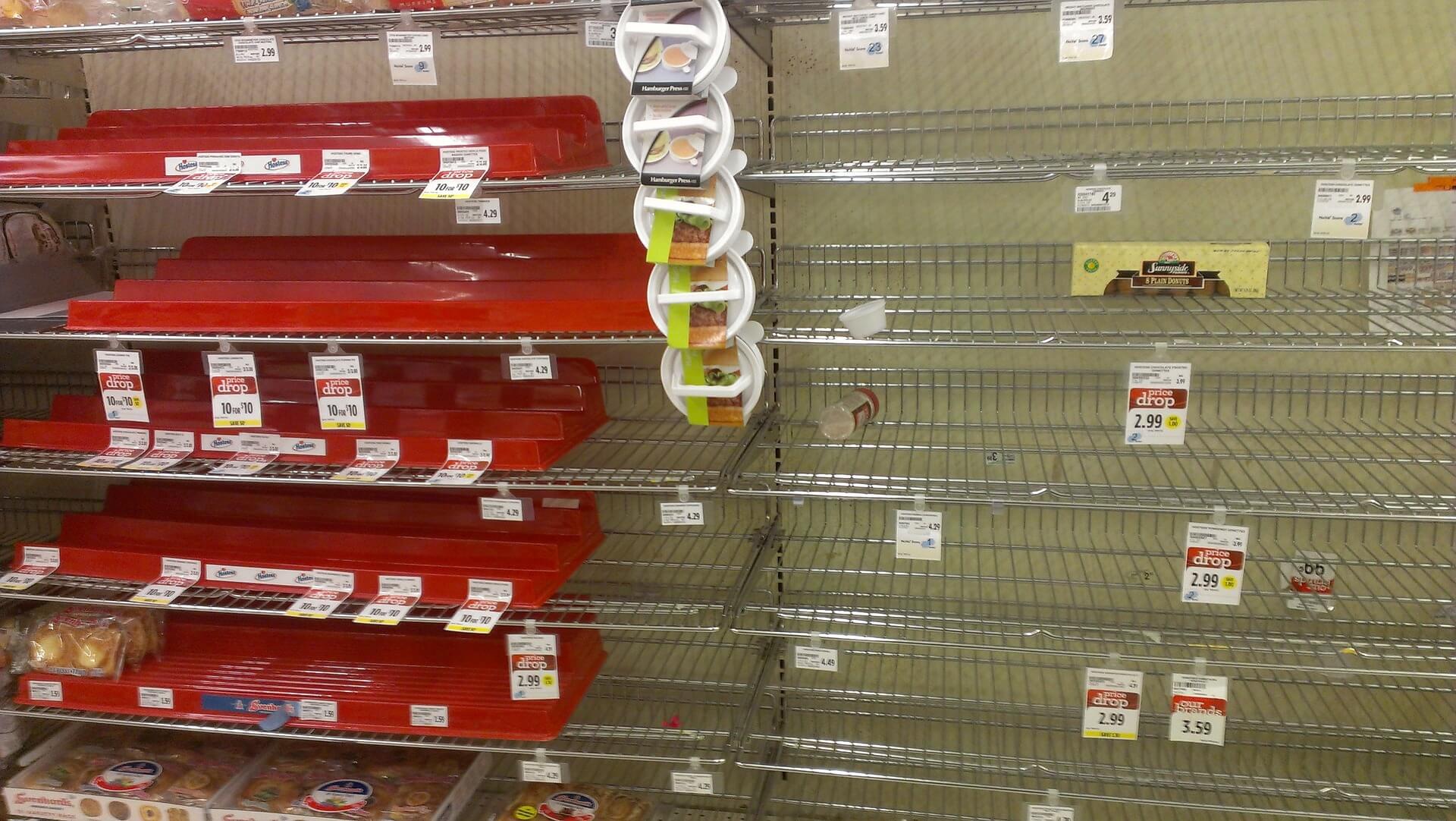
Just before the first big snow of the season, many people make a mad dash to the nearest home improvement store to buy snow blowers. One minute, the floor is full, and the next minute, the stock is dwindling fast.
But where are the crates of snow blowers in the stockroom? The store manager didn't wait until the last minute. He ordered the snow blowers months ago, got a great deal, and stored them in the stockroom. But in the meantime, patio furniture, refrigerators and plywood were piled in front.
If the associates can't find the snow blowers, shoppers will simply go elsewhere. If the situation continues, the manager may place another order. And when the misplaced items show up, the store gets stuck with surplus inventory.
No More Disappearing Acts
Retailers are now turning to Bluetooth tags to track high-value assets, which saves time, improves productivity and reduces inventory discrepancies. Retailers can attach Bluetooth Low Energy (BLE) tags, which are about the size of a quarter, to high-value assets and pallets of merchandise. Associates use a mobile app to find those items fast—complete with a map and directions.
That means an associate can find the mobile POS that his coworker set down when he went to help a customer load her cart with 2x4s. Associates can find the right rolling ladder to reach the backpack leaf blower on the top shelf that a customer wants. In the warehouse, workers know where the forklifts are, and finding pallet jacks isn't a game of hide-and-seek.
Tags can help retailers find high-value merchandise that may be misplaced on the floor. A shopper may have second thoughts about purchasing that Cookshack SuperSmoker BBQ and left it in the paint department. The manager of the outdoors department will want the $1,200 smoker back as soon as possible. With asset tracking, the tag can notify the manager if it leaves a particular zone in the store, and he can locate it in seconds.
Retailers aren't the only ones with high-value assets they need to find fast. Hospitals and hotels are also adopting BLE-based asset tracking. In fact, Grand View Research projects that the market for Bluetooth beacons will reach $58.7 billion by 2025—a 95% compound annual growth rate from 2017.
Getting Started with the Aruba Asset Tracking Solution
 With Aruba, using tags to track and find high-value assets is quick and easy. BLE-based Aruba Tags work with your existing Aruba BLE-enabled access points, so there's no need for a dedicated network of tag readers or observers.
With Aruba, using tags to track and find high-value assets is quick and easy. BLE-based Aruba Tags work with your existing Aruba BLE-enabled access points, so there's no need for a dedicated network of tag readers or observers.
You configure the tags with the Aruba asset tracking mobile app. You simply scan the QR code on the back of the tag and enter the relevant data to create a real-time database of assets. Attach the Aruba Tags to the items, and they'll periodically report their location via the BLE beacons in the Wi-Fi access points. The BLE radios in the three nearest APs pick up the signal of nearby tags and triangulate the location. The data is used by the Aruba Meridian platform to update the asset tracking app. From there, associates can locate the item using a map. The app can even provide turn-by-turn directions to the item if mobile engagement has been implemented as well.
The payback for asset tracking is clear. With an Aruba Wi-Fi infrastructure and standard mobile devices, retailers can have a solution working in days, not weeks or months.
Want to Learn More About Asset Tracking?
Read the blog "The Cost of Not Using an Asset Tracking Solution."
Get an overview of the Aruba asset tracking solution.
See how wayfinding works.




